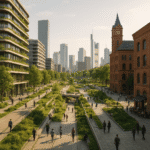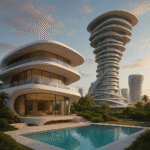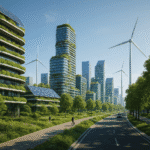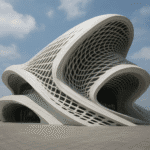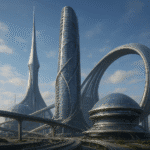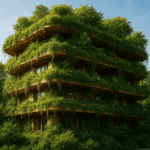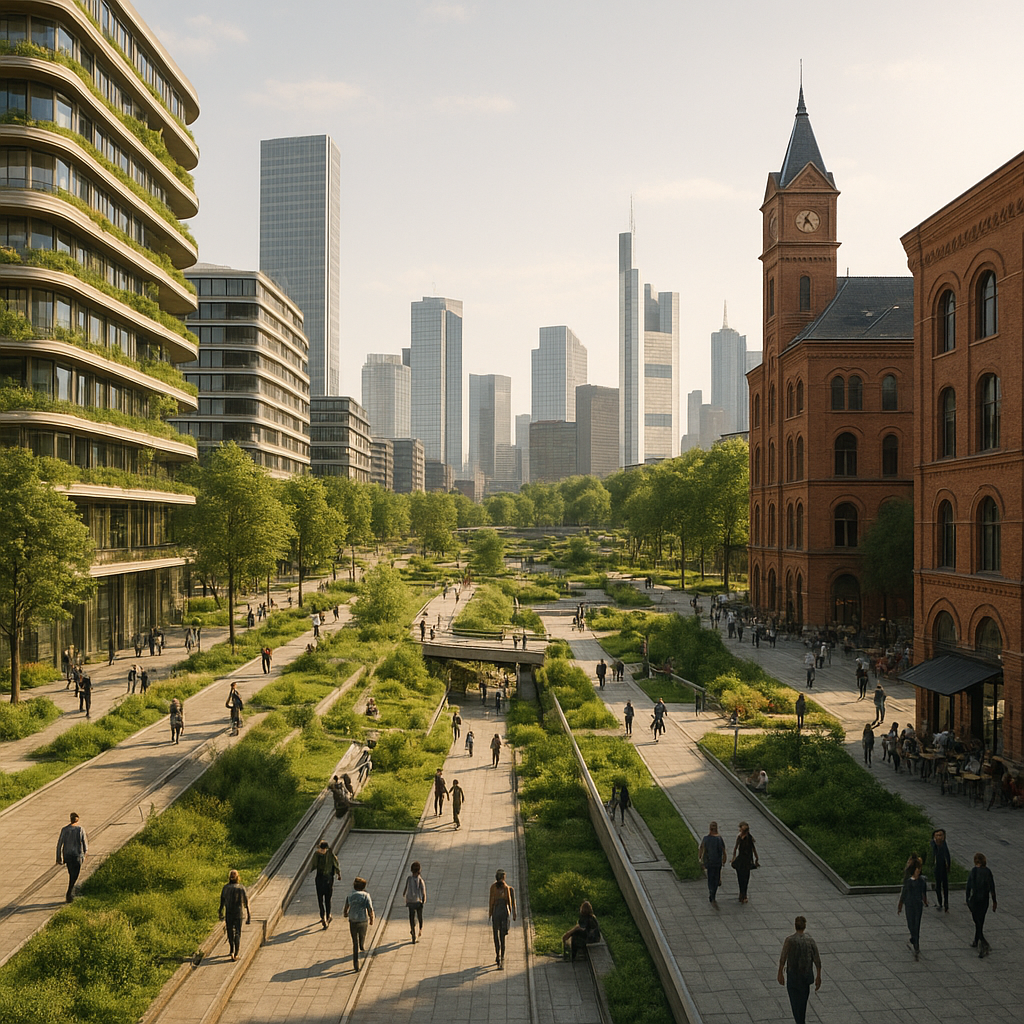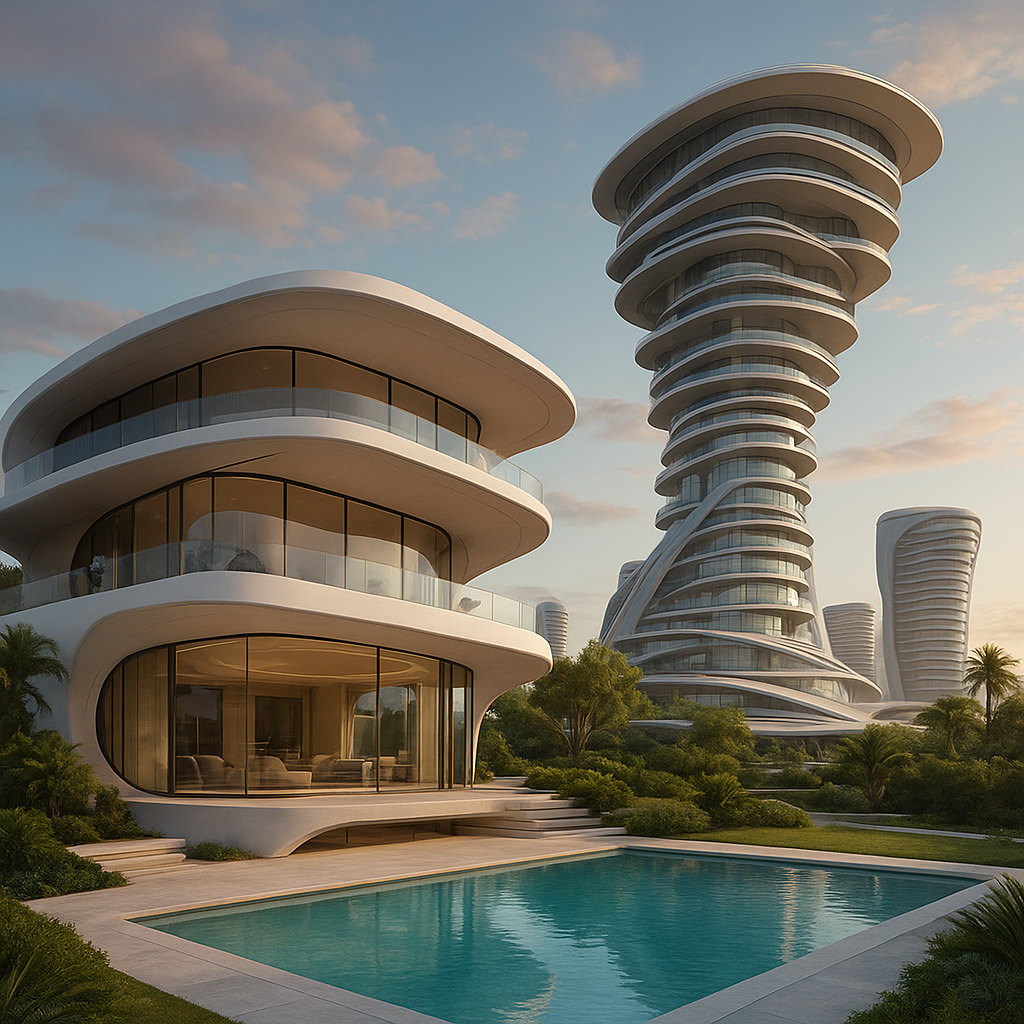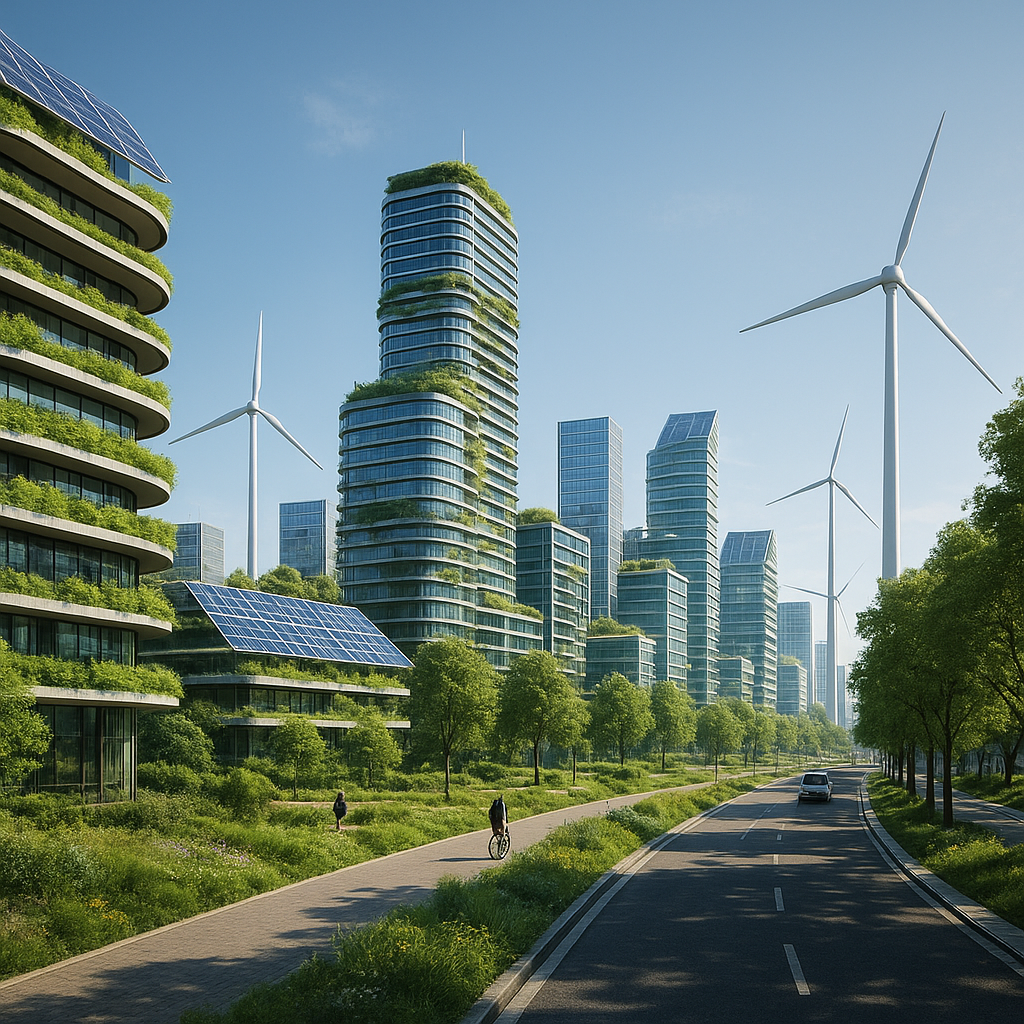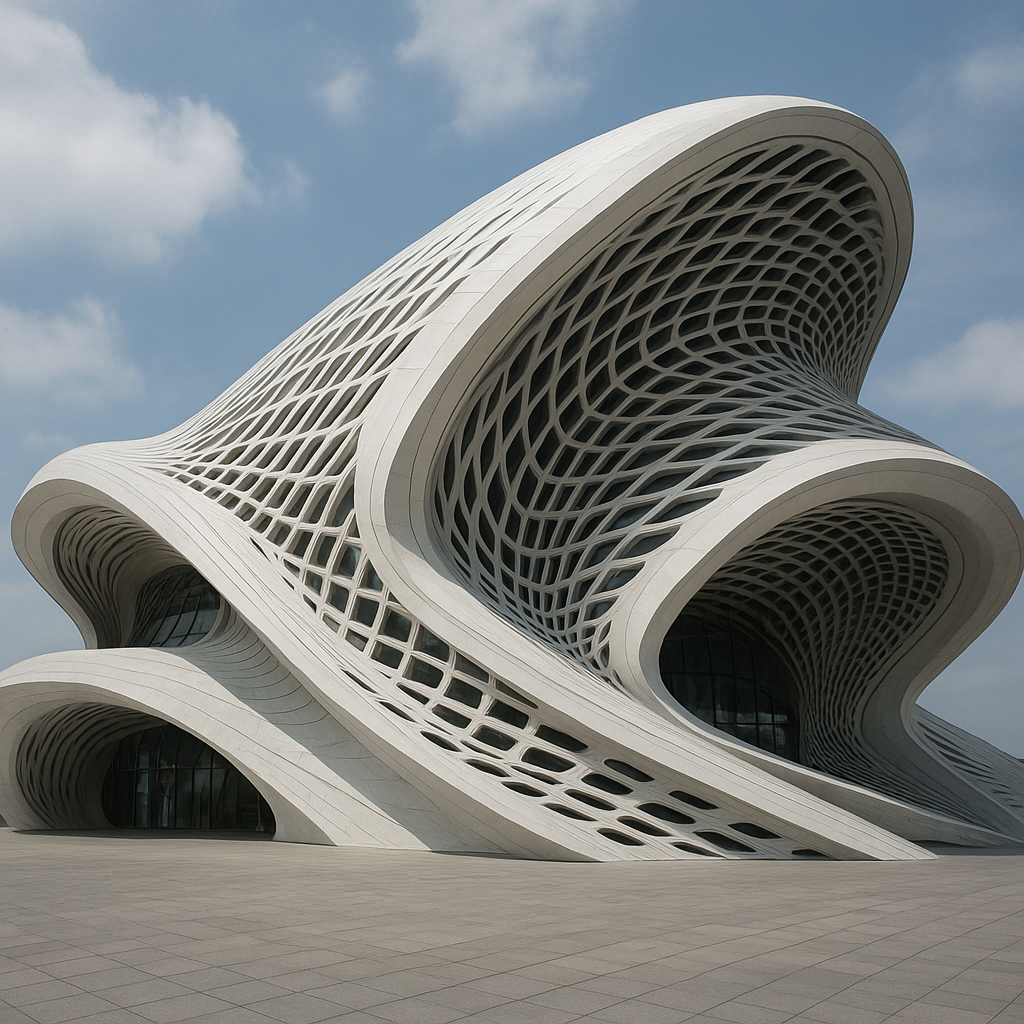As urban populations continue to swell, the concept of vertical cities emerges as a compelling solution to the challenges of modern urbanization. These towering metropolises promise to redefine the way we live, work, and interact with our environment, offering a sustainable and efficient alternative to traditional urban sprawl.
The Rise of Vertical Cities
The idea of vertical cities is not entirely new, but recent technological advancements and the pressing need for sustainable urban solutions have brought it to the forefront of architectural innovation. Vertical cities are essentially self-contained urban environments that rise vertically rather than spread horizontally. This approach maximizes land use efficiency, reduces the need for extensive transportation networks, and minimizes the ecological footprint of urban areas.
One of the primary drivers behind the rise of vertical cities is the rapid urbanization occurring worldwide. According to the United Nations, by 2050, approximately 68% of the global population is expected to live in urban areas. This unprecedented growth poses significant challenges, including housing shortages, traffic congestion, and environmental degradation. Vertical cities offer a potential solution by accommodating large populations within a smaller geographical footprint.
Architects and urban planners are increasingly exploring the potential of vertical cities to address these challenges. By stacking residential, commercial, and recreational spaces vertically, these cities can provide a high quality of life while preserving natural landscapes and reducing carbon emissions. Moreover, vertical cities can incorporate green technologies, such as solar panels, wind turbines, and vertical gardens, to enhance sustainability and energy efficiency.
Design and Functionality
The design of vertical cities requires a radical departure from traditional urban planning. These cities must be meticulously planned to ensure that they are not only functional but also livable and aesthetically pleasing. One of the key considerations is the integration of mixed-use spaces, where residential, commercial, and recreational areas coexist harmoniously within the same structure.
Vertical cities must also prioritize accessibility and connectivity. Efficient transportation systems, such as high-speed elevators and sky bridges, are essential to facilitate movement within these towering structures. Additionally, the integration of smart technologies can enhance the functionality of vertical cities, enabling real-time monitoring of energy consumption, waste management, and security systems.
Another critical aspect of vertical city design is the incorporation of green spaces. Vertical gardens, rooftop parks, and indoor green areas can provide residents with access to nature, improving mental well-being and air quality. These green spaces also play a vital role in regulating temperature and reducing the urban heat island effect.
Furthermore, vertical cities must be designed with resilience in mind. As climate change continues to pose significant threats, these cities must be equipped to withstand extreme weather events, such as hurricanes, floods, and earthquakes. Advanced engineering techniques and materials can enhance the structural integrity of vertical cities, ensuring the safety and security of their inhabitants.
Challenges and Considerations
While the concept of vertical cities holds great promise, it also presents several challenges that must be addressed. One of the primary concerns is the cost of construction and maintenance. Building and maintaining such complex structures require significant financial investment, which may not be feasible for all cities or regions.
Additionally, the social implications of vertical living must be carefully considered. The transition from traditional horizontal cities to vertical environments may require significant cultural and lifestyle adjustments. Ensuring that vertical cities are inclusive and equitable is essential to prevent social stratification and ensure that all residents have access to essential services and amenities.
Moreover, the environmental impact of constructing vertical cities must be carefully evaluated. While these cities have the potential to reduce urban sprawl and minimize ecological footprints, the construction process itself can be resource-intensive and environmentally damaging. Sustainable building practices and materials must be prioritized to mitigate these impacts.
Finally, the governance and management of vertical cities present unique challenges. Effective urban governance is essential to ensure that these cities operate smoothly and efficiently. This includes the development of policies and regulations that address issues such as zoning, waste management, and public safety.
The Future of Urban Living
As we look to the future, vertical cities represent a bold and innovative approach to urban living. By reimagining the way we design and inhabit our cities, we can create sustainable, efficient, and vibrant urban environments that meet the needs of growing populations while preserving the planet for future generations.
The successful implementation of vertical cities will require collaboration between architects, urban planners, policymakers, and communities. By working together, we can overcome the challenges and unlock the full potential of vertical cities as the next step in urban growth.
In conclusion, vertical cities offer a promising solution to the challenges of modern urbanization. By embracing this innovative approach, we can create cities that are not only functional and sustainable but also vibrant and livable. As we continue to explore the possibilities of vertical living, we must remain committed to creating urban environments that prioritize the well-being of both people and the planet.
